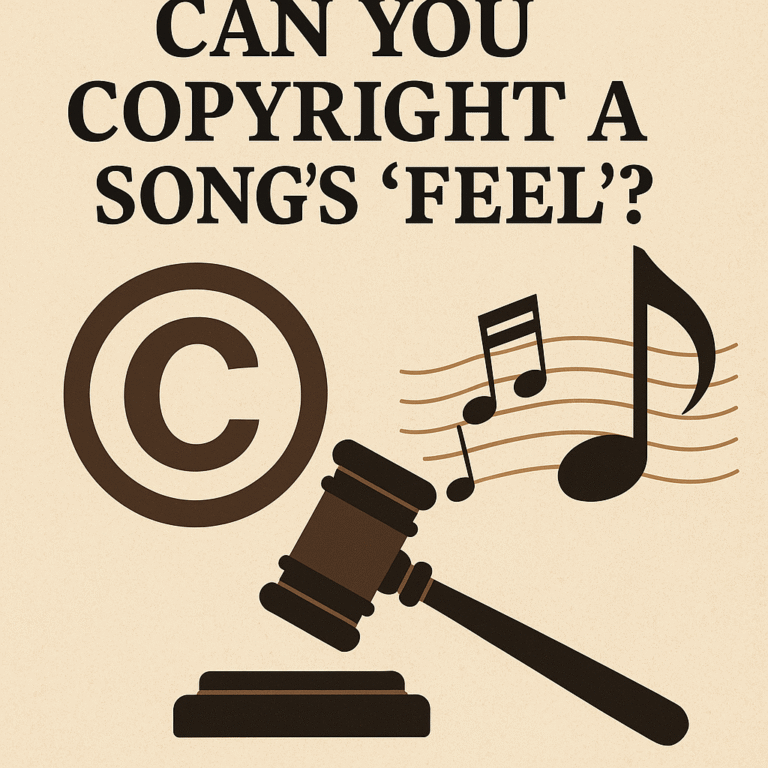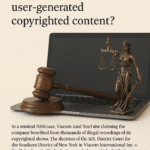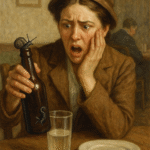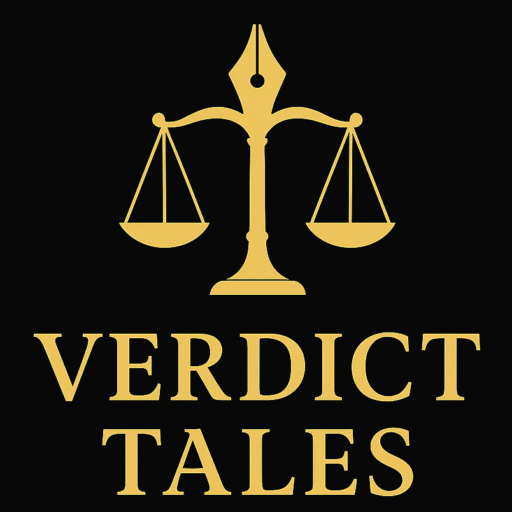Claiming their famous song “Blurred Lines,” stole Gaye’s masterpiece “Got To Give It Up,” the family of Marvin Gaye sued Pharrell Williams and Robin Thicke in a historic lawsuit. The decision of the U.S. Ninth Circuit Court of Appeals in Williams v. Gaye (2018) on whether the “feel” or style of a song might be copyrighted changed the way the music business handled legal disputes and artistic innovation.
Case Context
Imagine 2013 and you are surfing radio stations when a song catches your attention. With its provocative lyrics, “Blurred Lines,” by Pharrell Williams, Robin Thicke, and Clifford “T.I.” Harris Jr., is everywhere—topping charts, filling dance floors, and starting arguments. The contagious rhythms of the song seem familiar, almost like a flashback to the 1970s’ funky sensibilities. For some, it reminds them of the soulful anthem that characterized a period—Marvin Gaye’s 1977 “Got To Give It Up.” But familiarity was more than just nostalgia for Gaye’s heirs, Frankie Christian Gaye, Nona Marvisa Gaye, and Marvin Gaye III. It amounted to theft.
The Gaye family felt “Blurred Lines” did not merely pilfer ideas but more directly modeled the core of “Got To Give It Up.” Motown great Marvin Gaye released his song in 1976 combining party mood, a strong bassline, and sweet vocals. Originally lodged with the U.S. Copyright Office in 1977, the song’s sheet music registered under the original Copyright Act of 1909. The Gayes saw echoes of their father’s work—similar rhythms, basslines, and that unmistakable “feel,” when “Blurred Lines” became the top selling record in the world. Their hearts collapsed. They pushed responsibility.
Seeking a ruling declaring “Blurred Lines” did not violate Gaye’s copyright, Williams, Thicke, and Harris preemptively filed a case in the U.S. District Court for the Central District of California in August 2013. Alleging infringement and targeting not just the composers of the song but also Interscope Records, UMG Recordings, Universal Music Distribution, and Star Trak Entertainment—the “Interscope Parties”—the Gayes countersued. With rippling effects for musicians all around, the stage was ready for a legal conflict testing whether the “feel” of a song could be copyrighted. Set in Los Angeles, the center of the music business, this case drew on a more general question: where is the line separating intellectual property infringement from inspiration?
Legal Procedures
Combining musicology with judicial theater, the trial was a spectacle. Under Judge John A. Kronstadt, the district court first addressed a crucial question: what portions of “Got To Give It Up” were under protection? Under the 1909 Copyright Act, which controlled Gaye’s song, copyrights for musical works were linked to the sheet music turned in with the Copyright Office rather than the sound recording. The court decided that the extent of the copyright was governed by only the deposit copy, not the funky cowbell or party noises in Gaye’s studio recording. This reduced the assertions made by the Gayes but did not close their case.
The Gayes turned to knowledgeable musicologists Judith Finell and Dr. Ingrid Monson at trial. Finell highlighted eight “constellations” comprising eight song parallels featuring signature phrases, hooks, bass lines, and keyboard parts. She said these tiny components produced a shared “feel” that violated Gaye’s copyright. To demonstrate harmonic and melodic fit, Monson performed audio “mash-ups,” mixing vocals from one song with the accompaniment of the other. Attorneys like Kathleen Sullivan, representing the Thicke Parties, responded with musicologist Sandy Wilbur, who maintained the songs had no significant melodic, harmonic, or structural similarity. Williams and Thicke said they got ideas from Gaye but denied copying protected material.
Following a seven-day trial in March 2015, the jury split decisions. Awarding the Gayes $4 million in actual damages and over $3.3 million in profits, they found Williams, Thicke, and More Water from Nazareth Publishing (Williams’ royalty collector) responsible for infringement. Harris and the Interscope Parties cleared themselves, though. Finding Harris and the Interscope Parties vicariously liable, the district judge reversed the jury’s decision for them post-trial and lowered the damages to $3.2 million plus a 50% running royalty on future sales. Both sides appealed; the Gayes opposing the rejection of attorney’s fees and the Thicke Parties questioning the decision.
Reviewing the matter in 2018, Judge Milan D. Smith Jr. wrote a ruling for the Ninth Circuit Court of Appeals. The court was under great surveillance since the music business kept careful eye on things. Could the “feel” of a song be protected, or would this decision limit originality?
Ruling and Argument of the Court
The Ninth Circuit mostly upheld the district court’s ruling on March 21, 2018, therefore maintaining the conclusion that “Blurred Lines” violated “Got To Give It Up.” But noting procedural mistakes, it inverted the culpability of Harris and the Interscope Parties. The court’s decision rested on three important criteria to clarify whether the “feel” of a song may be copyrighted:
-
The court rejected the claim that musical works only merit “thin” protection, thereby necessitating almost exact duplication. Unlike straightforward compositions, music allows a great spectrum of expression, hence “Got To Give It Up” was entitled to “broad” protection. The Gayes just had to demonstrate “substantial similarity,” not virtual identification.
-
The court concluded there was sufficient evidence of both intrinsic and external resemblance. Fundamentally, Finell’s “constellation of similarities”—signature phrases, hooks, basslines—supported the jury’s verdict. The songs’ “total concept and feel” was essentially like that of a reasonable listener, so meeting the subjective test.
-
Accepting (without determining) the position of the district court, the court limited the Gayes’ copyright under the 1909 Act to the deposit copy. Still, the panel listened to modified recordings reflecting just the elements of the sheet music to make sure the decision matched protected content.




